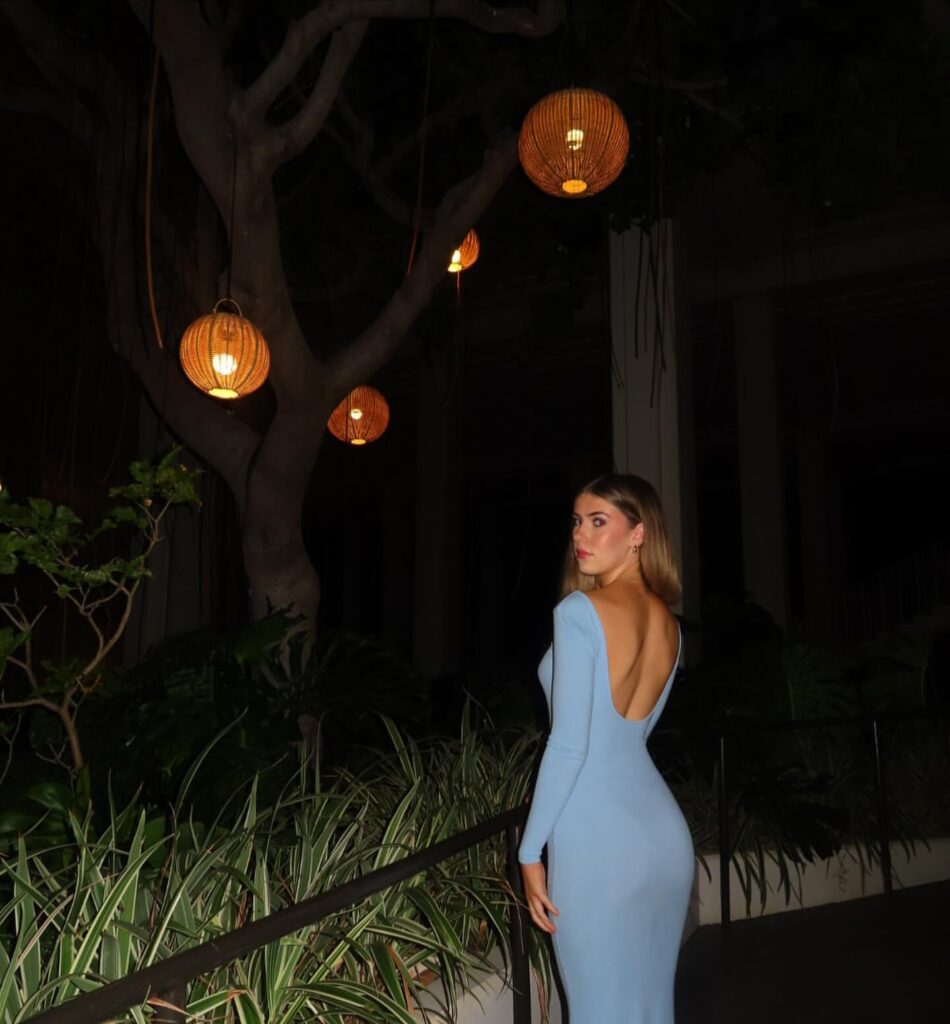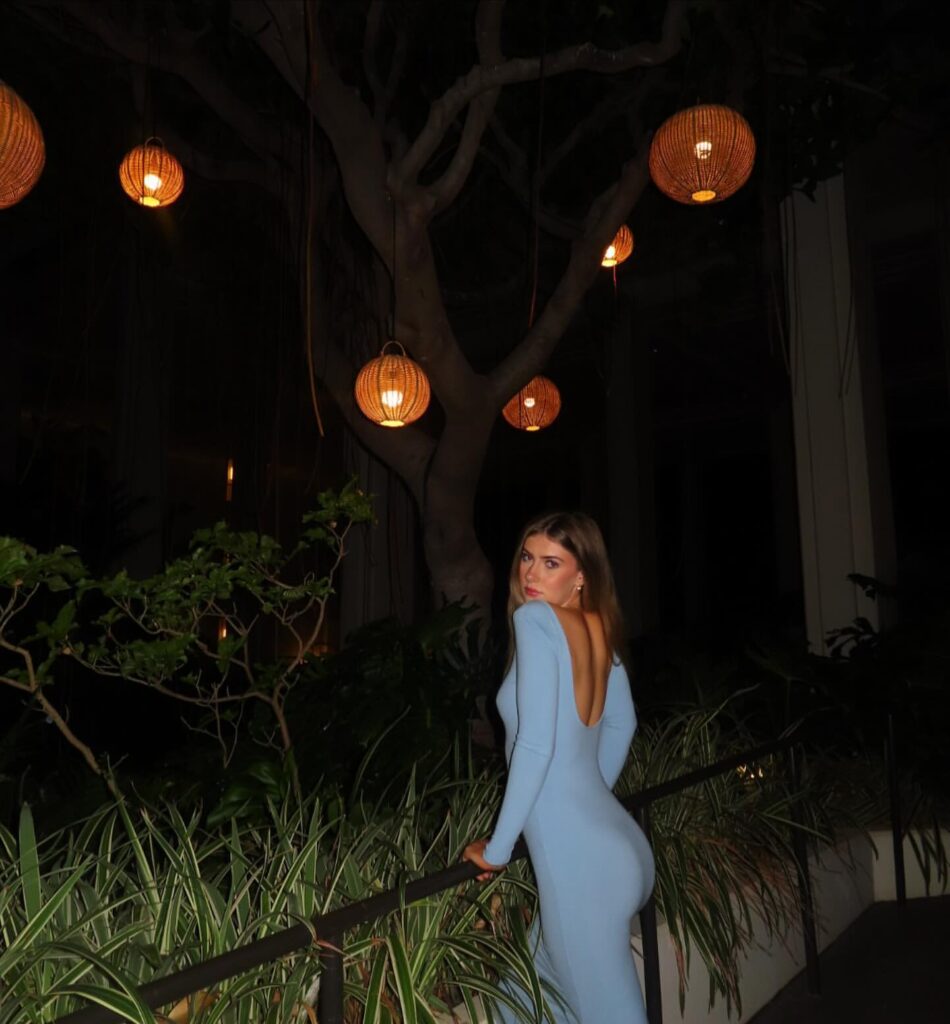
Nighttime is often considered the most mysterious and captivating part of the day. As the sun sets and the world transitions from daylight to the soft glow of moonlight, an entirely new atmosphere emerges. For photographers and creatives, this time of night offers endless possibilities. The night sky, city lights, neon signs, and the calm of the world asleep create a canvas that demands to be captured. “Night time flics” refer to the photos that are taken during this magical time, when everything appears just a little more ethereal, and the shadows tell their own story.
Night photography isn’t just about capturing images in low light; it’s about seeing the world from a different perspective. It requires patience, skill, and a deep understanding of how light works. As the world becomes quieter, the camera lens becomes a tool for capturing the essence of the night—whether it’s the bright lights of the city or the serenity of a peaceful countryside under the stars.
The Beauty of Night Photography
Nighttime offers a different kind of beauty that is often overlooked during the day. The contrast between the dark sky and the bright artificial lights creates an almost cinematic effect. City streets illuminated by street lamps, neon signs flickering with vibrant colors, or the moon casting a soft glow over a desolate landscape all tell stories that daylight simply can’t capture. For photographers, nighttime is an invitation to explore these contrasts, bringing out the drama and emotion that comes with the darkness.
One of the most iconic aspects of nighttime photography is the play of light and shadow. During the day, light is harsh, casting sharp shadows and making every detail clear. But at night, the light becomes more nuanced and soft. The bright lights create pools of illumination while everything around it fades into darkness, resulting in an image full of mystery. Night photography allows you to focus on the smallest details and the interplay between darkness and light, creating compositions that feel more intimate and atmospheric.

The Gear You Need for Night Time Flics
Unlike daytime photography, night photography presents a unique set of challenges, but also opportunities for creativity. To capture the perfect night shot, having the right gear is crucial. Many photographers opt for a DSLR or mirrorless camera with manual settings. These types of cameras allow full control over the exposure, which is essential when shooting in low-light conditions. The longer the exposure, the more light the camera sensor will capture, allowing for brighter images even in the darkest environments.
A sturdy tripod is also necessary when taking long-exposure shots at night. Without a tripod, even the smallest camera shake can blur your photo. A remote shutter or self-timer can also help avoid camera shake caused by pressing the shutter button. Additionally, using a lens with a wide aperture (such as f/1.8 or f/2.8) allows more light to hit the camera sensor, helping to brighten up low-light scenes.
When shooting cityscapes or other environments with artificial lighting, photographers may also use lenses with longer focal lengths to capture the intricate details of lights, shadows, and reflections. For capturing stars or the night sky, wide-angle lenses are preferred, as they allow for a broader view of the sky and landscape.

Techniques for Capturing Stunning Night Time Flics
There are several techniques that can make your night shots stand out. One of the most popular techniques is long exposure photography. Long exposures involve keeping the camera’s shutter open for a longer period of time, allowing more light to be captured. This technique is perfect for capturing light trails from cars, the movement of clouds, or the glow of stars.
When shooting long exposure images, it’s important to remember that every movement will be captured in the image. For instance, if you’re photographing the stars, you’ll want to use a long enough exposure to create star trails, or you can use a short exposure to capture individual stars. Similarly, if you’re shooting city lights, the movement of vehicles can create beautiful streaks of light.
Another technique for night time flics is bokeh. This effect is created when the background light is blurred out, creating soft, round orbs of light. Bokeh can be particularly stunning in city scenes, where the lights from street lamps, cars, or neon signs can be transformed into beautiful orbs that add a dreamy quality to the image.
If you’re looking to capture the night sky or the stars, astrophotography is the way to go. For this, you’ll need a tripod, a wide-angle lens, and a camera that allows for long exposure settings. It’s important to shoot in areas with minimal light pollution, like the countryside or remote locations, to get the clearest view of the stars. A technique called the “500 rule” helps determine the ideal shutter speed for star photography, which is based on the focal length of your lens.
Lastly, don’t forget to experiment with reflections. Water bodies like lakes, ponds, or even puddles can reflect the lights around them, creating stunning mirror-like effects that are perfect for nighttime shots. The reflection doubles the beauty of the scene and can add symmetry to your composition.

The Challenge of Low Light
One of the most obvious challenges of nighttime photography is the low-light environment. Unlike daylight, where the sun provides an abundance of natural light, nighttime shots require you to rely on artificial light sources or long exposures to achieve the desired brightness. This can make focusing and composition more difficult, especially when dealing with moving objects like people or cars.
One common issue that photographers face at night is noise. Noise appears as grainy spots in the image, particularly in darker areas. This happens when you increase the ISO to allow more light into the camera. To combat this, photographers often try to keep the ISO as low as possible while using a long exposure to capture enough light. Additionally, post-processing software can help reduce noise in the image, though it’s always better to avoid it in the first place if possible.
Another challenge is dealing with the unpredictable nature of lighting. In city environments, the artificial lighting can vary in color and intensity, creating uneven lighting across your image. The balance between warm streetlights and cool shadows can require some adjustments in white balance to maintain the right tone in your images.
The Magic of the Night
Despite the technical challenges, nighttime photography offers a unique kind of magic. There’s something about capturing the stillness of the night, whether it’s the tranquility of an empty street or the bustling energy of a city at night. The contrast between light and shadow gives everything an otherworldly quality, and there’s a certain beauty to be found in every corner of the dark.
One of the most striking features of night photography is how it allows the photographer to capture the passage of time. The way light moves through a scene—whether it’s the headlights of cars streaking down a road or the slow shift of stars across the sky—tells a story that is unique to the night. It’s a chance to immortalize a moment that, in daylight, would pass unnoticed.

The Art of Capturing Moments at Night
Nighttime flics are not just about taking pictures—they are about creating art. It’s about capturing the mood, the emotion, and the stories that unfold in the darkness. Whether it’s the peace of a quiet night or the electric energy of a city that never sleeps, night photography offers a fresh perspective on the world. Through your lens, the night becomes alive with possibilities. It becomes a canvas for your creativity, a way to express your unique vision of the world after the sun has set.
As with any form of art, practice is key. The more you explore night photography, the more you’ll learn about your camera, the environment around you, and the subtleties of light. The beauty of night time flics is that each shot is a new adventure, a chance to experiment, and a way to push the boundaries of your creativity. With every photo, you’re not just capturing an image—you’re telling a story about the night, one click at a time.
Conclusion: The Allure of Night Photography
Nighttime flics are more than just images—they are windows into the world after dark. From the glow of city lights to the starry sky above, the night is filled with moments waiting to be captured. Night photography allows you to take a step away from the ordinary and see the world in a whole new light—quite literally. So, the next time you find yourself out after sunset, whether in the heart of the city or beneath the stars, take your camera with you and let the night unfold through your lens. It’s an experience you won’t soon forget.



